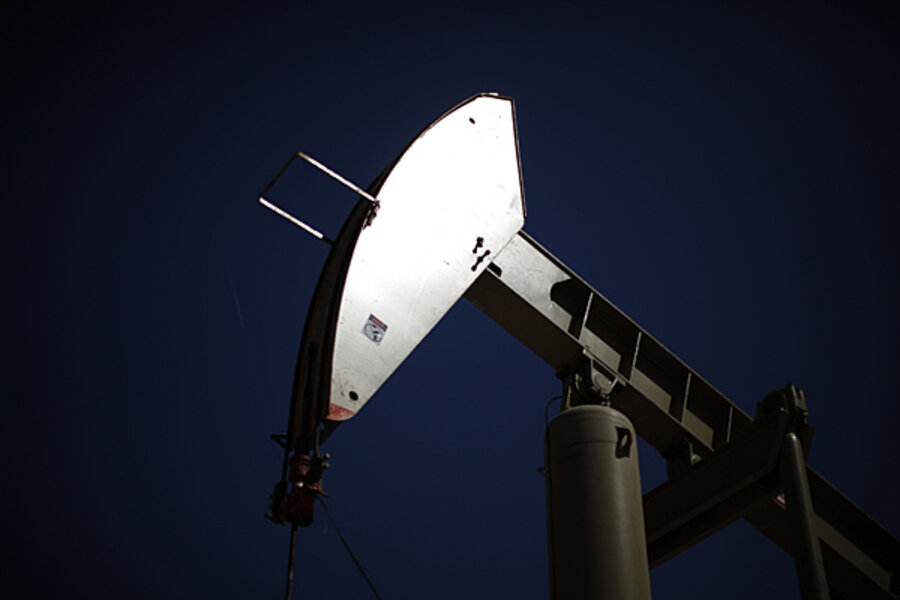IEA: After years of decline, US oil demand back on the rise
Loading...
The International Energy Agency (IEA) has declared that the demand for oil in the US is growing at its fastest rate in over two years, mostly due to the increase in demand for industrial fuels.
As a result of the poor economic conditions, and low prospects of future growth, demand for oil in the US has fallen in six of the past seven years, but driven by increased consumption of industrial fuels such as diesel, used to power trucks and trains, and propane gas, used by the petrochemicals industry, there has been a strong resurgence in demand.
So far this year the IEA states that US oil demand has grown in four of the first six months, prompting an upgrade in the organisation’s forecast for growth of US oil demand, from 0 to 0.3%, what will be the first year of growth since 2010. (Related article: GDP Growth must Slow as Oil Limits are Reached)
The IEA has been surprised by the recent decision by the International Monetary Fund (IMF) to reduce its forecast for US GDP growth in 2014, claiming that they believe the demand for oil looks far more positive, and that “signs of recovery in the US economy have been associated with rising oil consumption in recent months.”
Data from the US government shows that gasoline demand has also increased compared with a year ago, suggesting that American motorists are driving more.
Amrita Sen, an analyst at Energy Aspects, told the FT that “the data has been strong enough for a sustained period to suggest a turning point has come and gone in the US, and demand is now improving on the back of industry.”
European demand for oil has also risen, going against the general belief that Western industrialised economies would gradually reduce their consumption as they strived to improve efficiency, and install more renewable energy in order to reduce emission levels and protect against volatile oil prices.
The FT explains that this unexpected boost from some of the mature economies has helped oil to avoid the summer sell-off that afflicted many other commodities, due to the fear of slowing economic growth in China.
Original article: http://oilprice.com/Latest-Energy-News/World-News/US-Oil-Demand-Grows-at-Fastest-Rate-in-Two-Years.html







